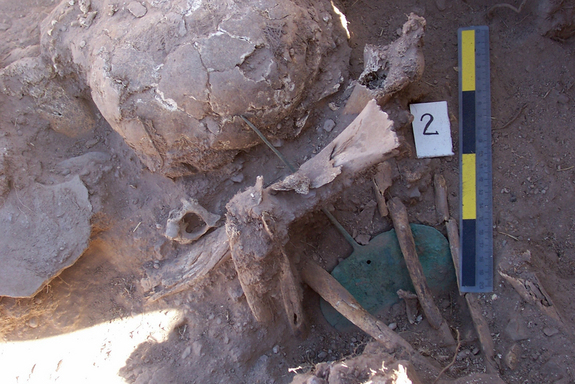
So far, the archaeologists have excavated seven tombs containing at least 171 mummies from the site, now called Tenahaha.
The tombs are located on small hills surrounding the site. "The dead, likely numbering in the low thousands, towered over the living," wrote archaeologist Justin Jennings, a curator at Toronto's Royal Ontario Museum, in a chapter of the newly published book "Tenahaha and the Wari State: A View of the Middle Horizon from the Cotahuasi Valley" (University of Alabama Press, 2015).
Before rigor mortis set in, the mummies had their knees put up to the level of their shoulders and their arms folded along their chest, the researchers found. The corpses were then bound with rope and wrapped in layers of textiles. The mummies range in age from neonate fetuses to older adults, with some of the youngest mummies (such as infants) being buried in jars. While alive the people appear to have lived in villages close to Tenahaha.
Bits and pieces of mummies
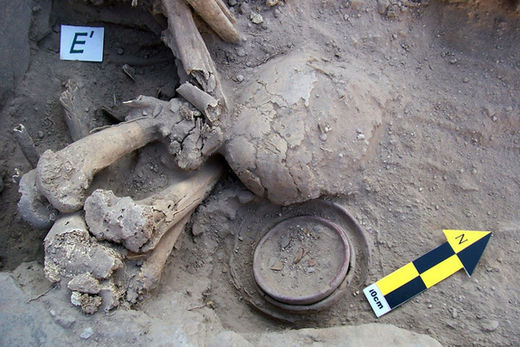
"Though many individuals were broken apart, others were left intact," Jennings wrote in the book. "People were moved around the tombs, but they sometimes remained bunched together, and even earth or rocks were used to separate some groups and individuals." Some grave goods were smashed apart, while others were left intact, he said.
Understanding the selective destruction of the mummies and artifacts is a challenge. "In the Andes, death is a process, it's not as if you bury someone and you're done," Jennings told Live Science in an interview.
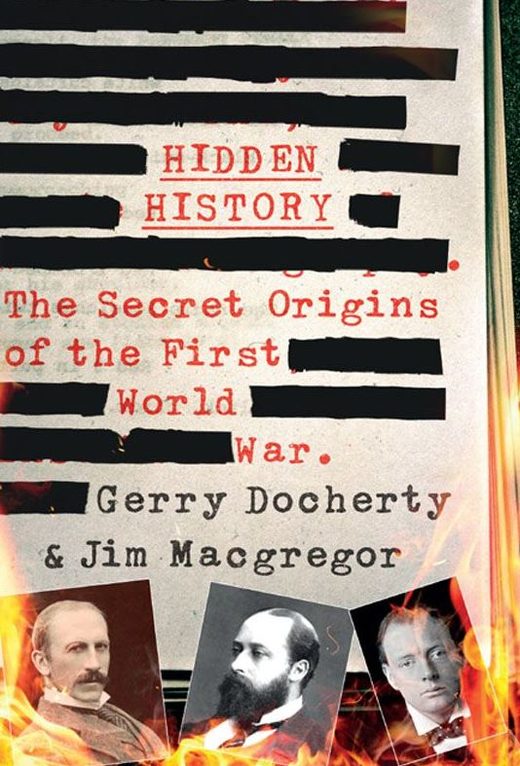
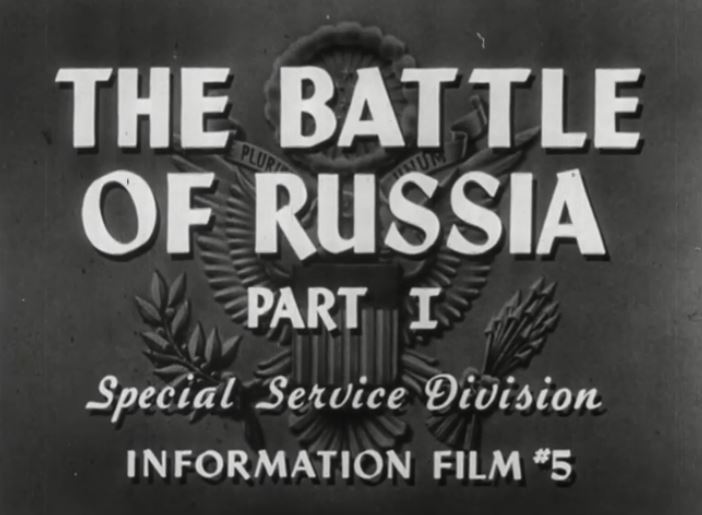
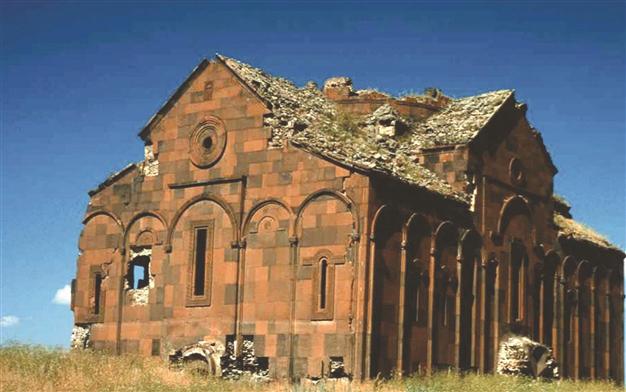
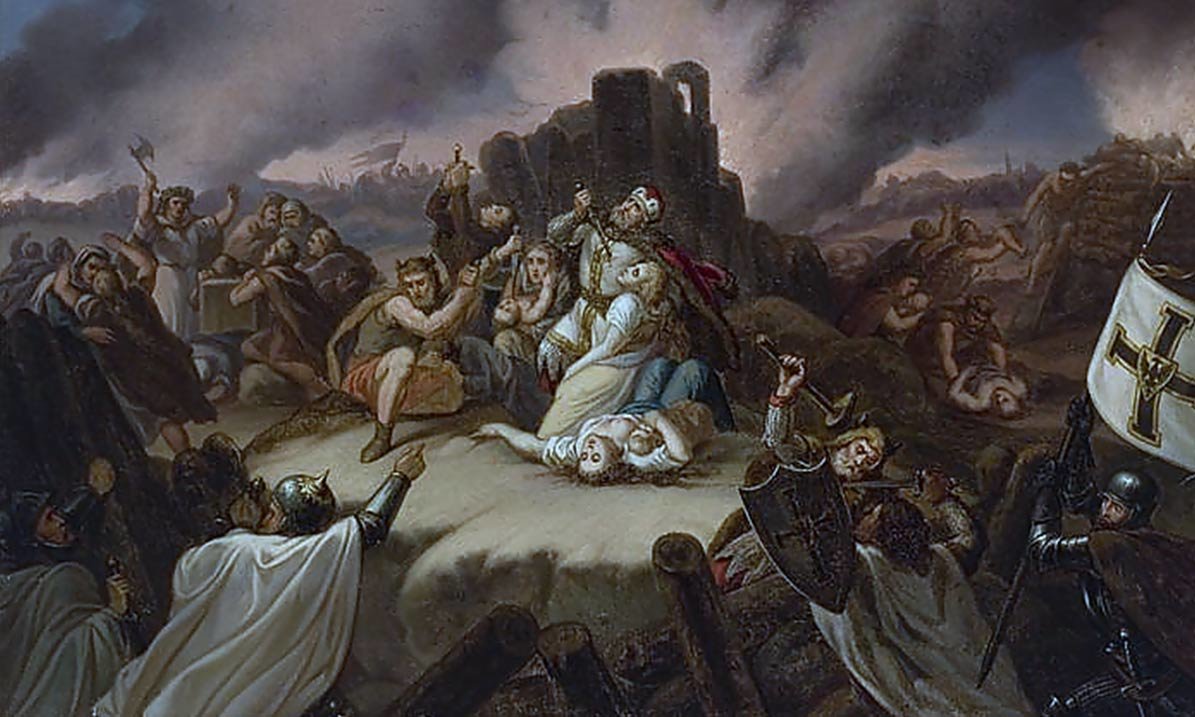

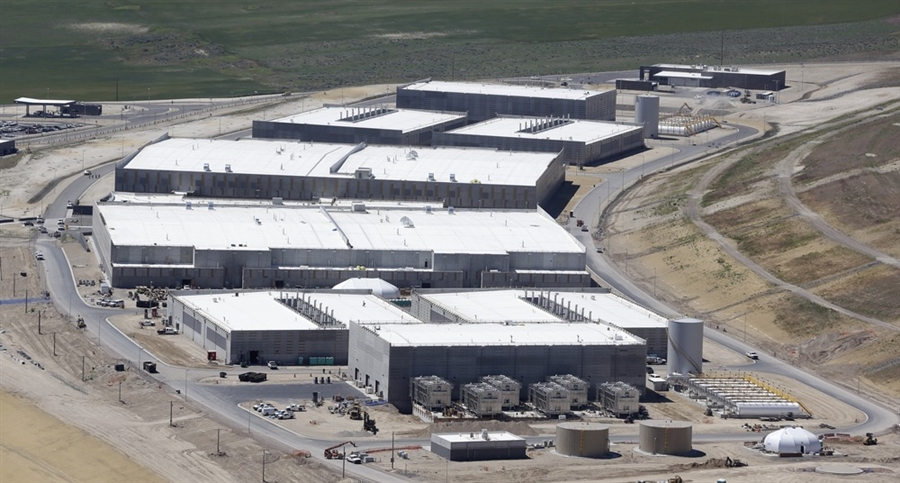
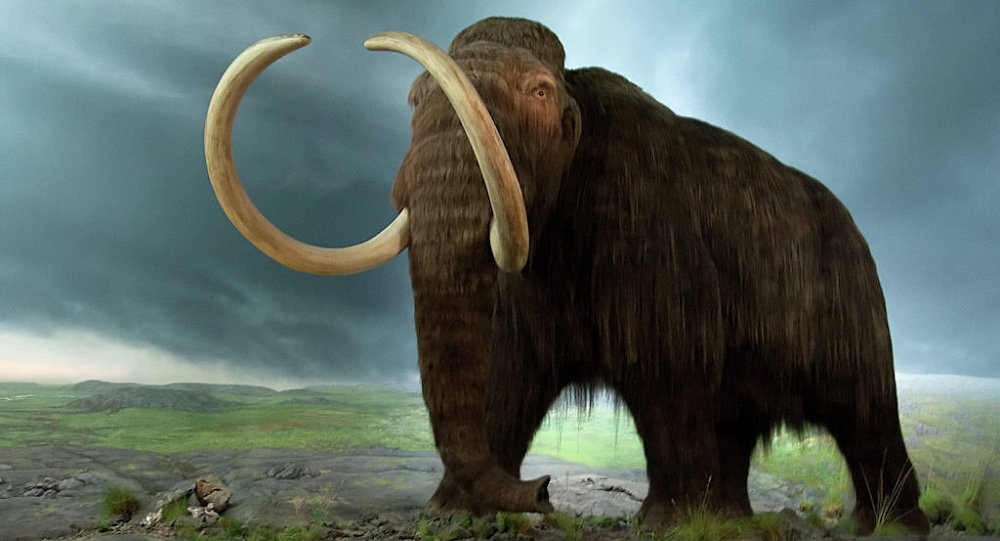
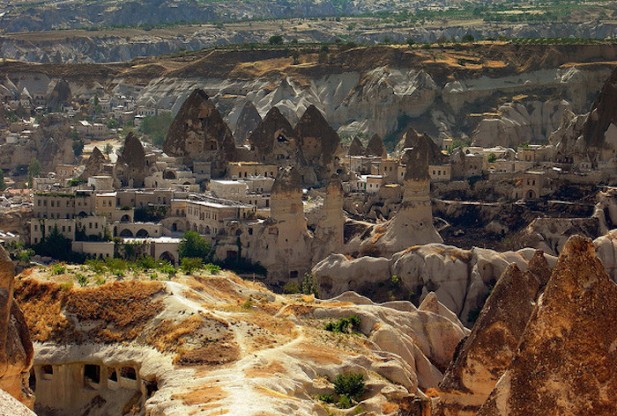
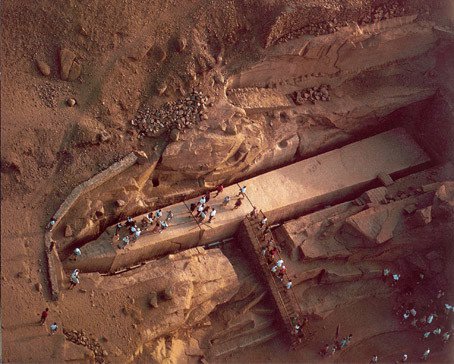
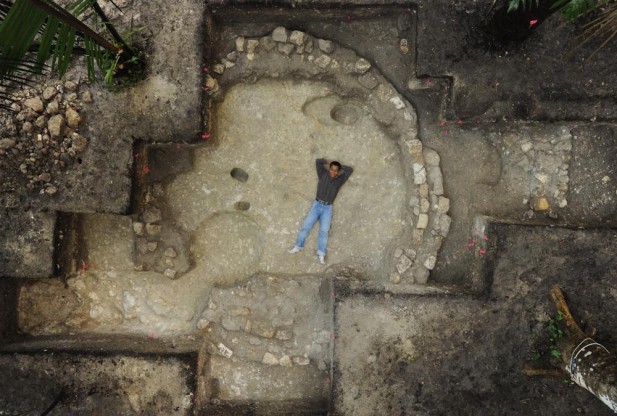



Comment: Check out this lecture by one of the co-authors:
See also Joe Quinn's analysis of the causes of the first world war: The Rise of Russia and the 'End of the World'